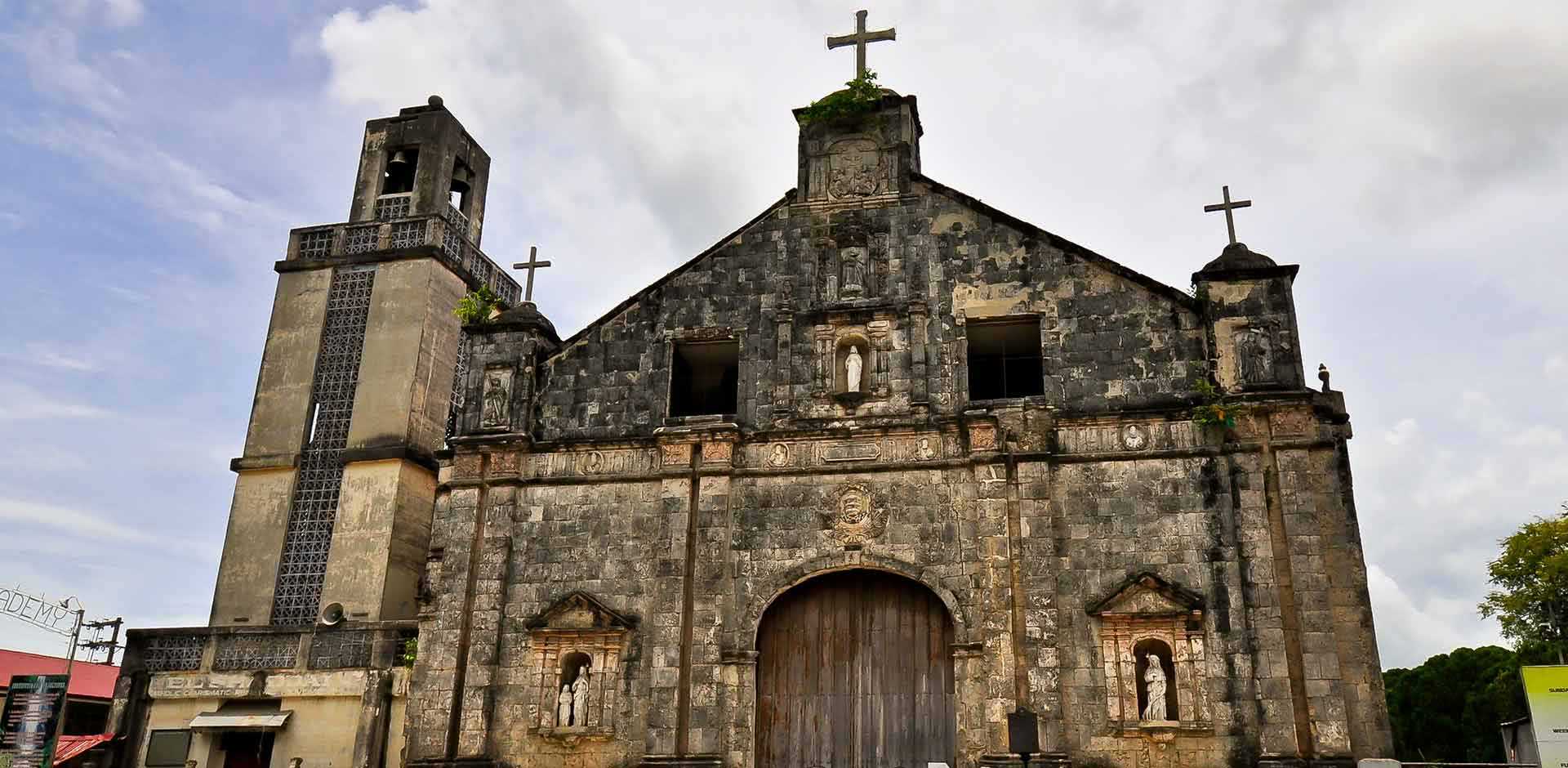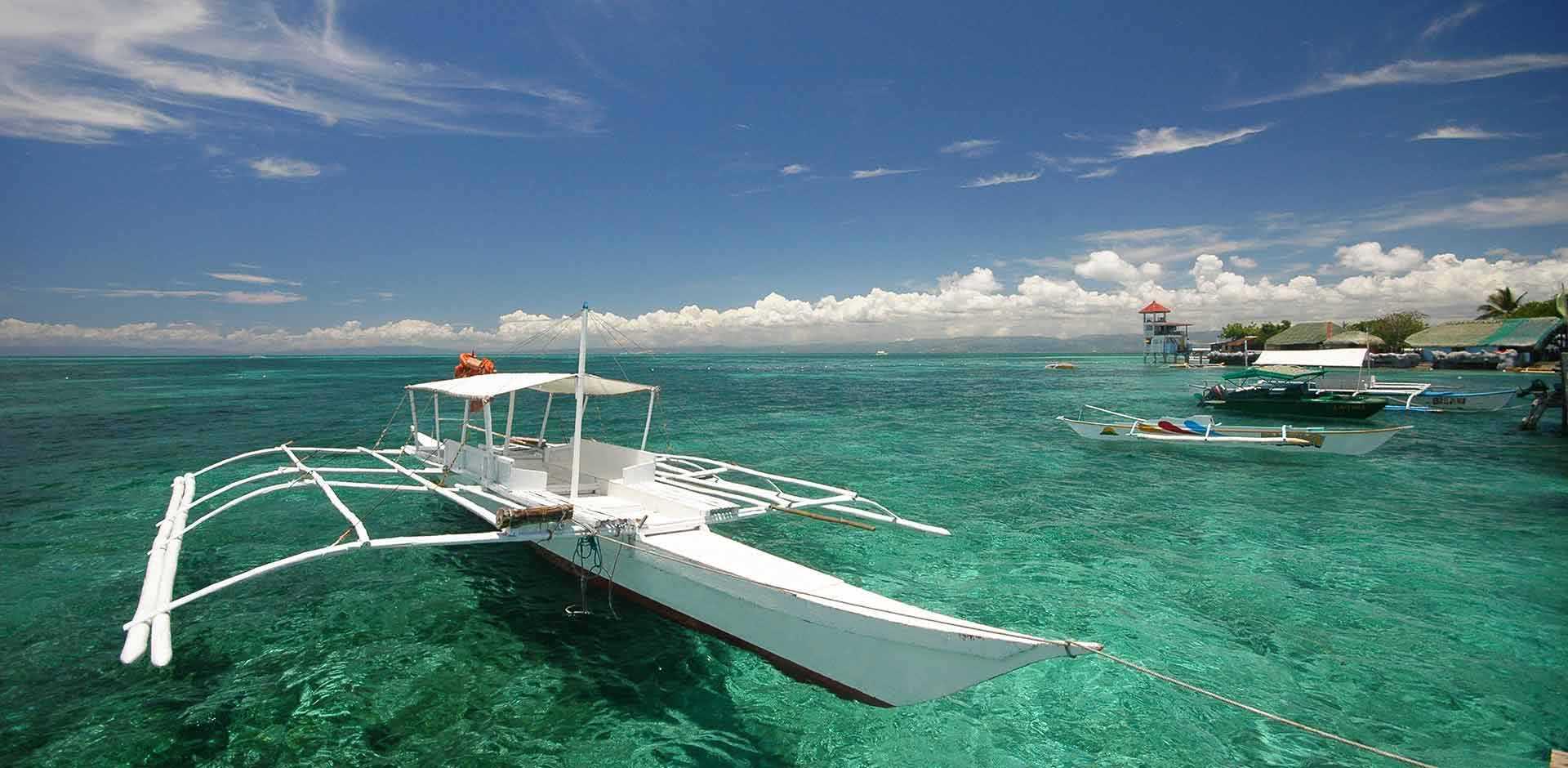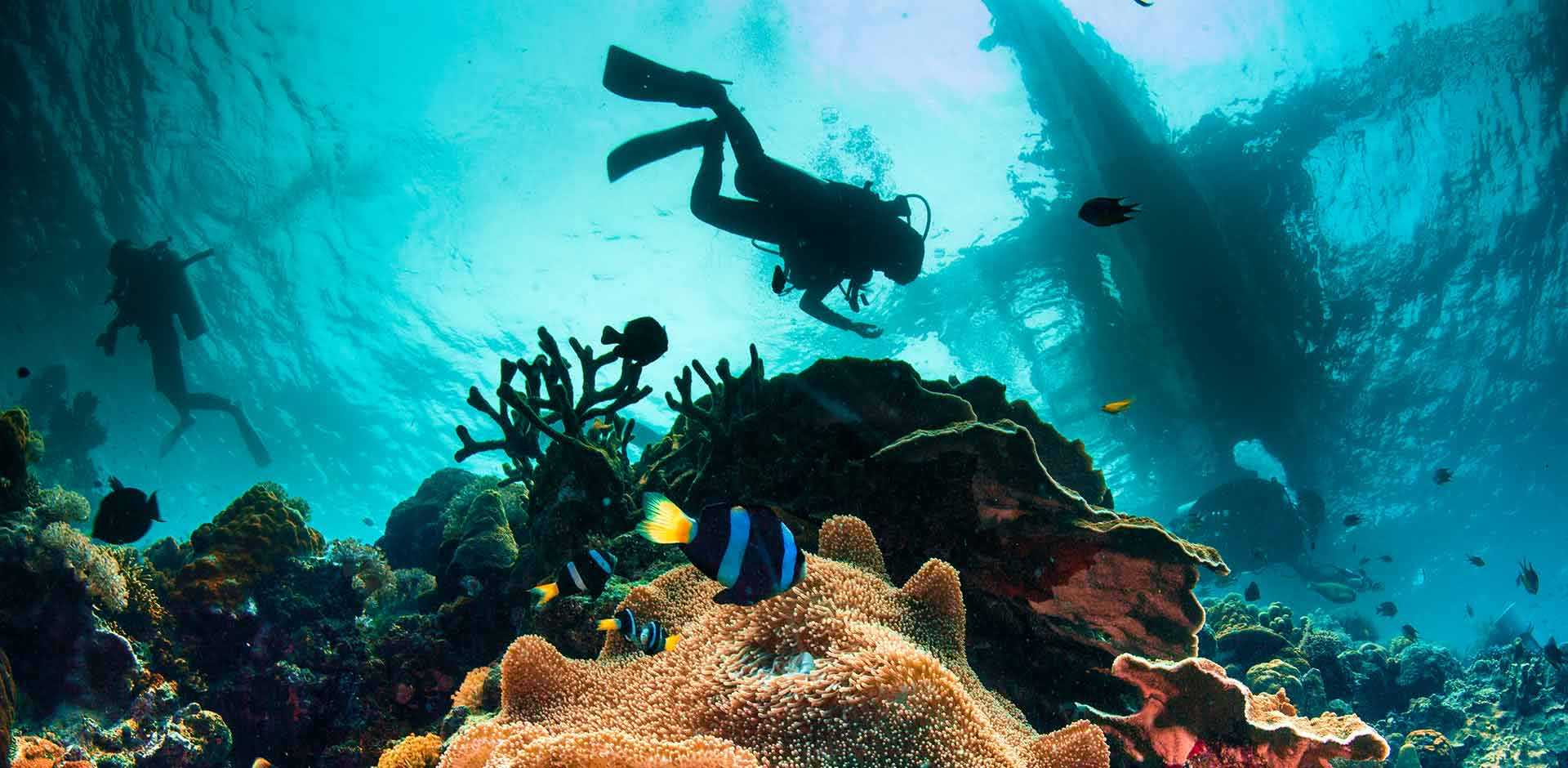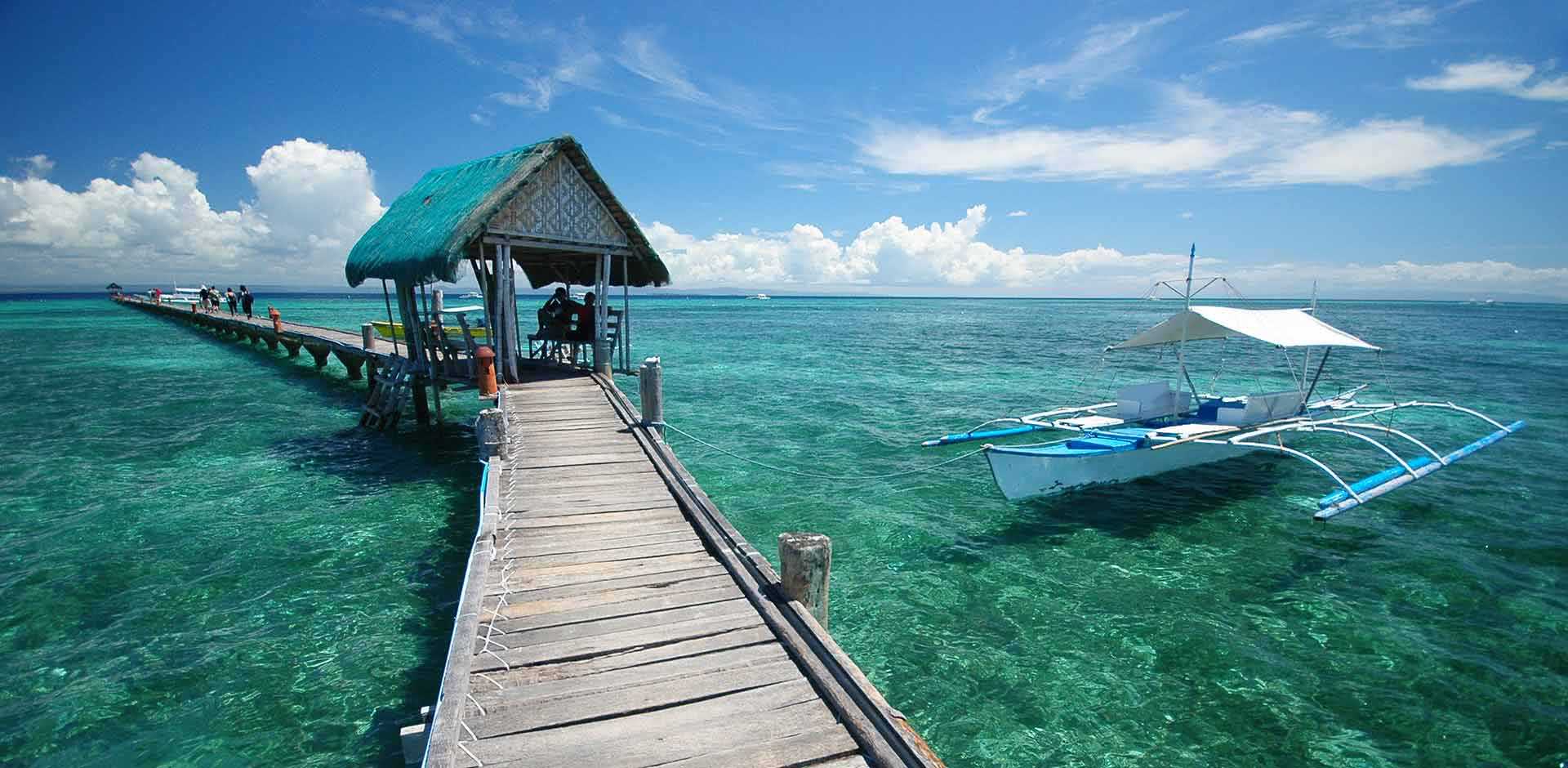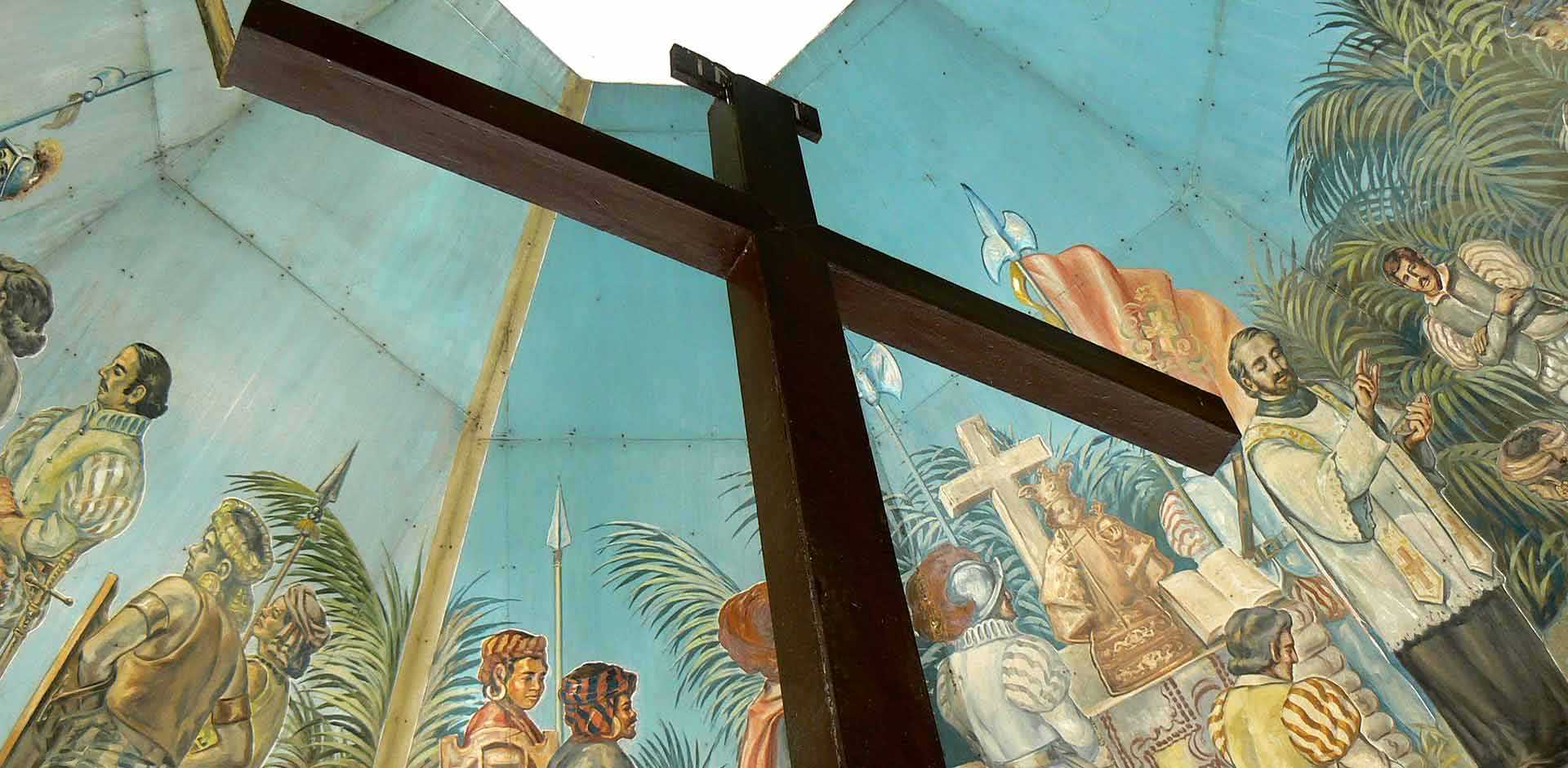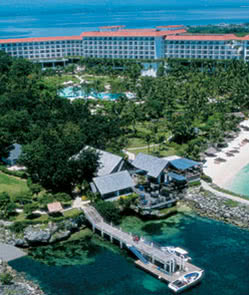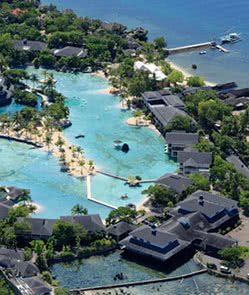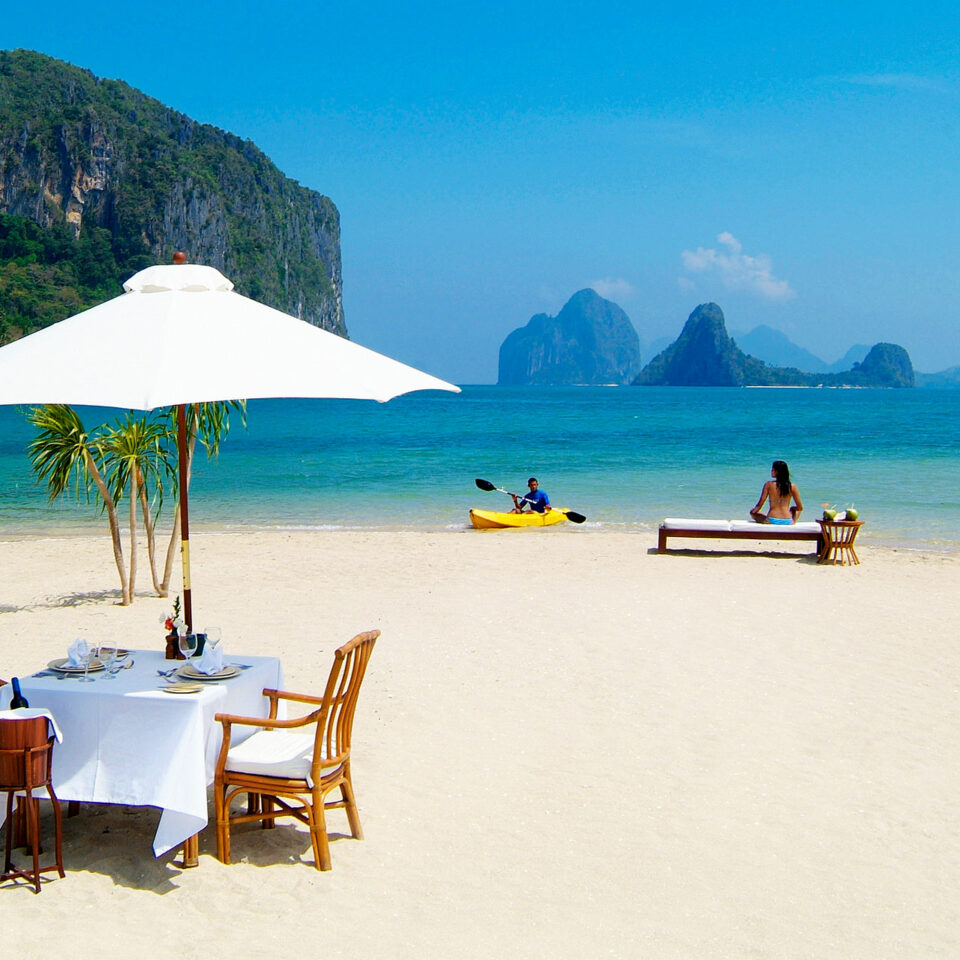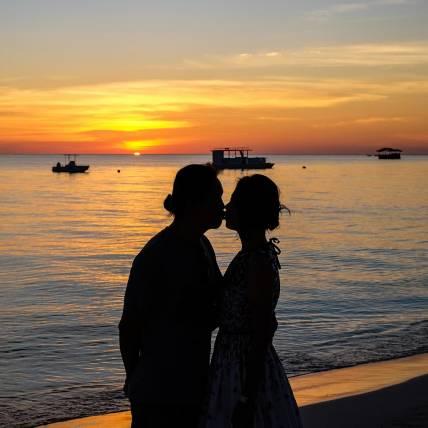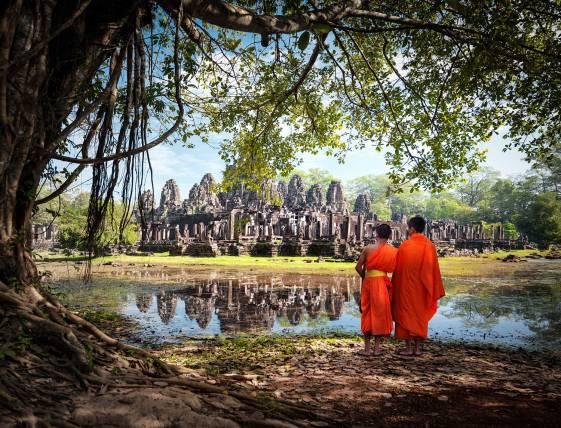The country's second largest city, Cebu is a sunny, charming island replete with white-sand beaches, luxury resorts, and a verdant landscape of rolling hills and mountain ranges that top off at over 3,000 feet. A smattering of islands and sand bars make it a popular beach destination, though the city, with its small-town, island vibe, has its own draw. To the south, one can find seaside towns, waterfalls and whalesharks, and to the north are pristine islands, old churches and rare thresher sharks.
Cebu City is the oldest city founded in the Philippines, (seven years senior to Manila) and vestiges of Spanish colonial times still remain in its local language, food and culture. It began as a small fishing village in the central Visayan region, later becoming a bustling trading port by 1521 because of its strategic location in the heart of the Philippines. By 1898 the Spanish were pushed out by American intervention, prompting a revolution for the entire country, and in 1937 the city of Cebu was officially named.
Today, the city is booming and is fast becoming a major economic hub of the Philippines, next to Manila. Cebu thrives on it history as a focal point for the major tourism that comes through the city and its islands. The famous Sinulog festival happens every year to commemorate their devotion to the Santo Nino, and to showcase the rich cultural significance of their native dance of the same name. Historically, the native dance predated Magellan's colonization but would later be enveloped within the Christian conversion. Today, the annual Sinulog festival is one of the largest in the country, bringing in visitors from all over the country.
